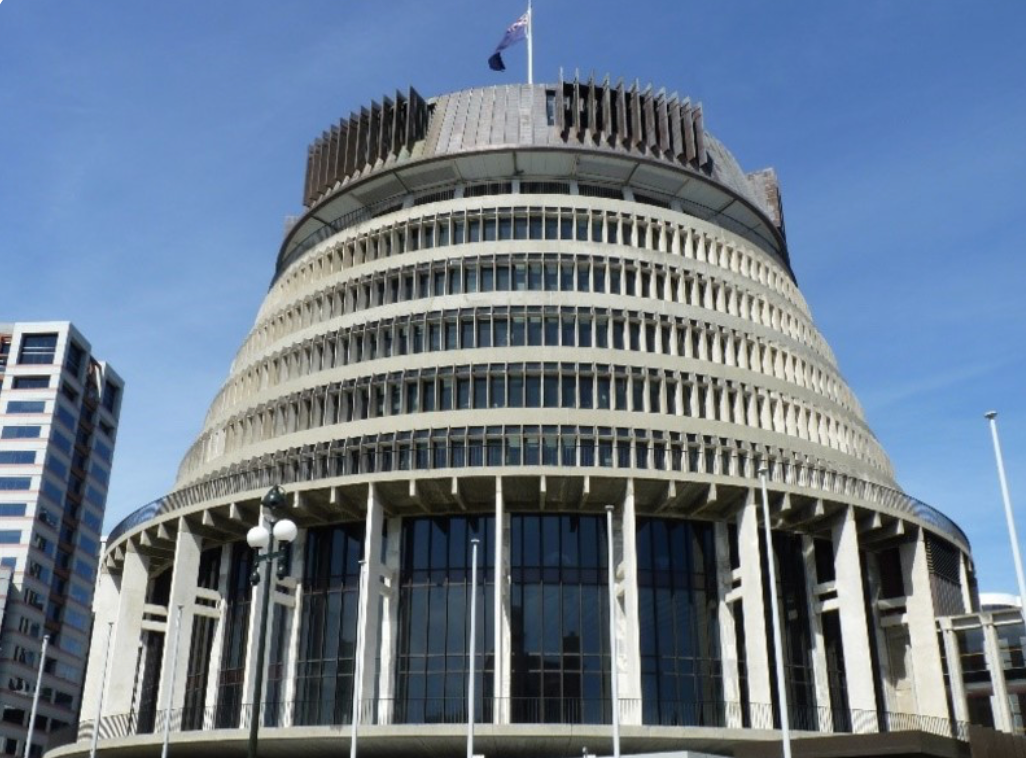The never-ending pursuit of competition through price transparency
Crispin Passmore • January 20, 2021
CMA Review of legal services market of England & Wales
Twenty years ago one of the predecessor organisations of the Competition & Markets Authority (CMA), the Office of Fair Trading (OFT), published the seminal Competition in the Professions
report. It found that the rules of the legal profession were unduly restrictive, resulting in customers receiving poorer value for money than they would do under more competitive conditions. A public consultation (In the public interest?) in 2002 by the Lord Chancellor’s Department made it clear to Government that customers felt their needs were not being met. Consumers did not trust self-regulation, and poor complaints handling undermined confidence. A Labour Lord Chancellor, Lord Derry Irvine, commissioned David Clementi to produce a report on reforming the regulatory system. He produced his final report Review of the Regulatory Framework for Legal Services in England and Wales
in 2004 and made recommendations about independent regulation, non-lawyer ownership and improved regulatory thinking. Another Labour Lord Chancellor, Lord Falconer, responded with a fresh white paper: The future of legal services in October 2005.
Eventually a draft Legal Services Bill was published and after a Joint Committee of both Houses of Parliament, Chaired by Lord Hunt, Conservative peer and (then) recently retired managing partner of law firm DAC Beachcroft, the Bill passed through parliament in 2007. Six years after the initial report by the OFT there was finally legislation
that would deliver increased competition, innovation and consumer focus in the legal market.
It took until 2008 for the Legal Services Board (LSB) to be established and it was 2010 before it took on its powers. The first alternative business structure eventually came in late 2011, with the Solicitors Regulation Authority (SRA) starting to license non-lawyer owners in 2012. We now have over 1,400 ABS in England & Wales. They range from non-profits and traditional law firms that have taken a husband or wife into ownership, through to global law firms, alternative providers, private equity backed businesses and those floated on the stock market.
I have blogged previously
on the progress made since the legislation took effect. Independent evaluation demonstrates the progress made but despite the progress, small businesses and the middle class still have too little choice; the poorest still don’t get the access they need and deserve; and corporations too often appear trapped into buying from traditional models. The reforms have clearly been positive and I am not aware of any evidence of harm, but there is plenty that we can point to which suggests that there is more to do. Setting out the journey from 2001 through to the first ABS shows how hard it is to change a professional services market.
It is no wonder that the CMA has maintained the long-held public policy interest in the UK legal services market with a series of interventions. Its legal market study
in 2016 supported some of the key reforms that were being considered at the time, further liberalising how solicitors practice. It pushed for further reform of the regulatory architecture and made proposals for greater price transparency. In December it followed up with an assessment of progress. It has recognised what has been achieved and demanded more.
To remind readers, the SRA responded to the CMA's 2016 report with new rules
(supported by guidance) that require regulated firms to publish prices in certain types of work for individual and small business consumers. The rationale being that this would make it easier for them to compare prices and shop around. It has long been apparent that prices vary significantly between firms. Provide exactly the same information to a number of law firms and ask for a quote and the prices vary in a way that suggests that the market is not operating efficiently. The LSB has shown this in great research first published in 2015, repeated initially in 2017, again in 2020
and now accompanied with an excellent dashboard
to support analysis.
One thing that the pandemic has taught even the most traditional law firms is that legal services can be delivered remotely. Many of the more consumer focused, innovative lawyers and firms already recognised this. That facilitates choice and competitiveness. Other factors such as limits on recoverable fees within personal injury, withdrawal of legal aid for private law family and consumer pressure in conveyancing have upped the pressure on firms’ profits. Better deployment of technology, more imaginative use of paralegals, and the consolidation of property have all facilitated some level of re-organisation of these areas of practice. And with that becomes the recognition among consumers and law firms alike that locality is not quite as crucial as it used to be when choosing a lawyer. That leads to the development of a national market for certain services. Why would a consumer pay a London lawyer’s property and salary costs when they will never physically meet them, and the same service can be delivered from the North East or Wales at a fraction of the cost? Why wouldn’t the Welsh Government work hard to attract law firms to create a base in Wales given that the research showed it so much cheaper? In fact it has a calculator
to help you identify savings.
For consumers to really drive this sort of reconfiguration of the legal market they need to be able to compare prices easily before they choose their lawyer. Research
commissioned by the SRA has suggested that many consumers may overestimate the cost of legal services. That becomes a barrier to their purchase as consumers try to handle issues alone or avoid the issue because they are worried about cost and losing control. Small businesses appear
particularly vulnerable to these behavioural traits.
Since the price transparency rules came into force there has been some progress as noted by the LSB, SRA and CMA. But compliance is not good enough and it is likely that the recent enforcement action
taken by the SRA is only the start. It is well recorded that compliance has been slow – see here
and here
for example.
The CMA wants more and better. Firms were given the opportunity to implement the rules flexibly but that has led to such variation that consumers might find comparison difficult. Some firms put information on their website that they think complies but is so vague that it is meaningless. And some are just ignoring the rules. More rules seem inevitable if compliance doesn't improve quickly. Expect the SRA to get tougher. Not just on those providing zero information but also those with vague information, or information that is so hard to find a consumer has more chance of a lawyer’s invoice coming in under the estimate than they have of finding useful information.
Law firms often justify their higher prices on quality. Fine, who am I to argue? But if they want to attract customers willing to pay higher prices they need to back that up. Consumers trust each other more than lawyers. Google reviews, Trustpilot, net promote scores are all more reliable than awards. Firms like Fullers Family Law
, Slater + Gordon, and Legal Zoom
all have their review results on the front page of their website showing this can work in all sorts of firms. Amicable
is similar; showing how the unregulated sector seeks to attract new customers based on their peers’ reviews. Members of LawNet
use their net promoter score to demonstrate value to clients.
Demonstrating the benefits of being a regulated law firm (indemnity insurance, compensation fund, Legal Ombudsman, Codes of Conduct etc) or a solicitor delivered service in any type of firm (education, training, ethical, Legal Ombudsman etc) can signal quality to some extent. But let’s not pretend that these alone or in combination with good customer reviews can ever justify serious price differentials for near identical outcomes such as a properly conveyed house or an effective will. In my experience customers value all sorts of added value until they get offered a cheaper price. Over time competition drives these to be the baseline – it tends to push up quality as well as improve value.
England & Wales is heading slowly and inexorably towards the development of better digital choice tools (DCTs) for individual and small business consumers of legal services. Whether this is a shift into the legal market for one of the commercial price comparison sites or the development of a sector specific service time will tell. The Law Society could move early but has lacked the imagination and governance to do so in the past. Sometimes it seems to me it thinks that its role is to protect uncompetitive or poorer quality law firms from competition without ever really grasping that is undermining the businesses of other members, let alone the public interest it should prioritise.
There are some comparison tools that have appeared in conveyancing in recent years and they provide some signs of how the future may look. MoneySupermarket
is perhaps the most well-known but there are others such as USwitch, ReallyMoving, and MyHomeConveyancing. These might raise some of the issues that the CMA has noted with DCTs
in other markets but that doesn’t mean they can be resisted. I have come across firms that use these sites to manage temporary excess capacity – shifting prices to fit the national market, their current caseload and capacity. That allows them to avoid unused capacity and attract new clients more widely.
Firms need to engage in the transparency agenda properly. Instead of leaving it to their COLP and web team to implement they need to have senior and strategic discussions about how this fits into their customer acquisition strategy, how it complements their marketing and their overall brand values. In particular the firms that are consolidating the consumer and small business markets need to have this in mind – it should be part of their route to success.

The Legal Tech Fund ran the best event for innovators int he legal market that I have found. TLTF 2023 was a a great opportunity to learn new things but best of all were the connections made and friends seen. These enabled new discussions and deeper debates about technology, capital deployment and liberalisation. TLTF 2024 is just one year away - I'm already excited.










